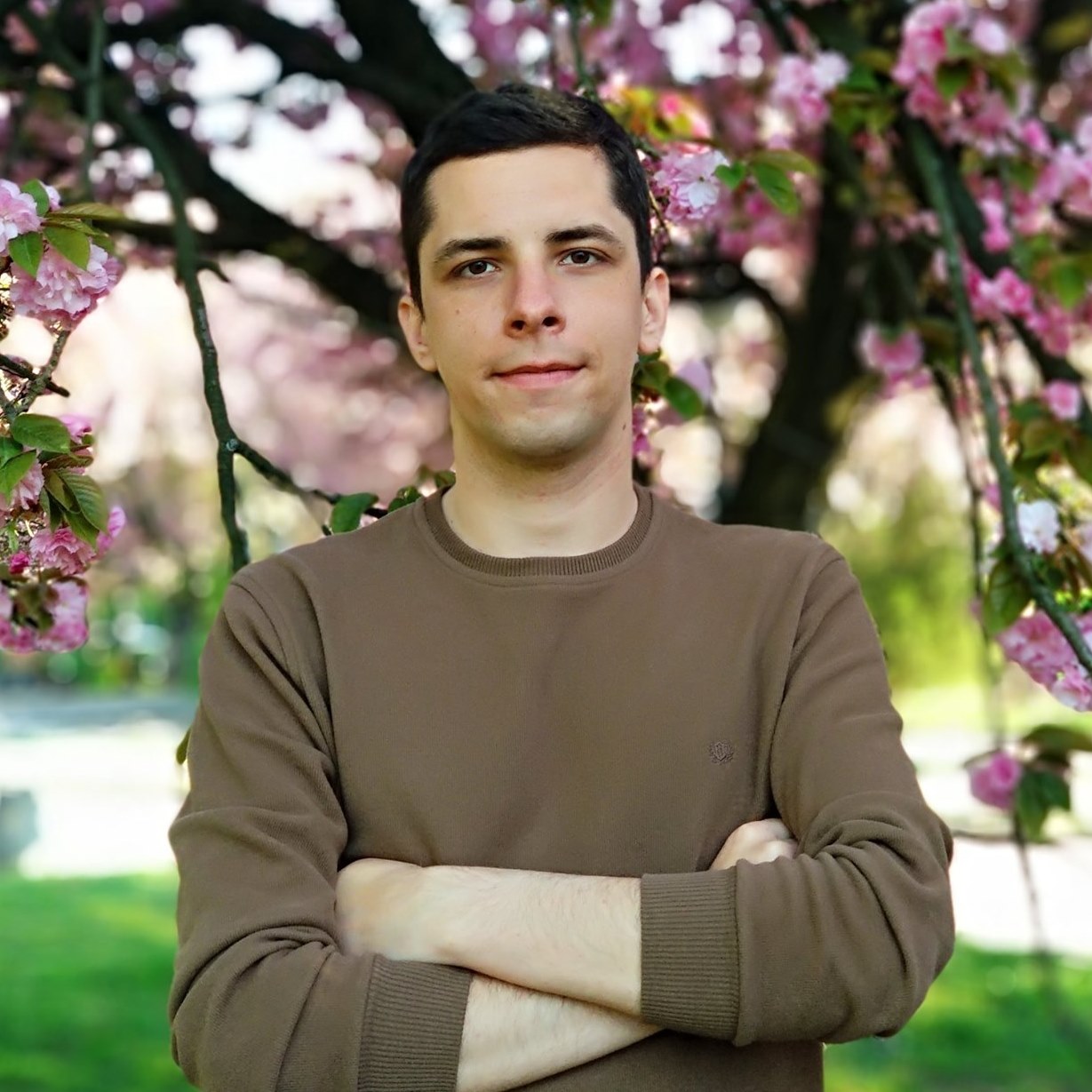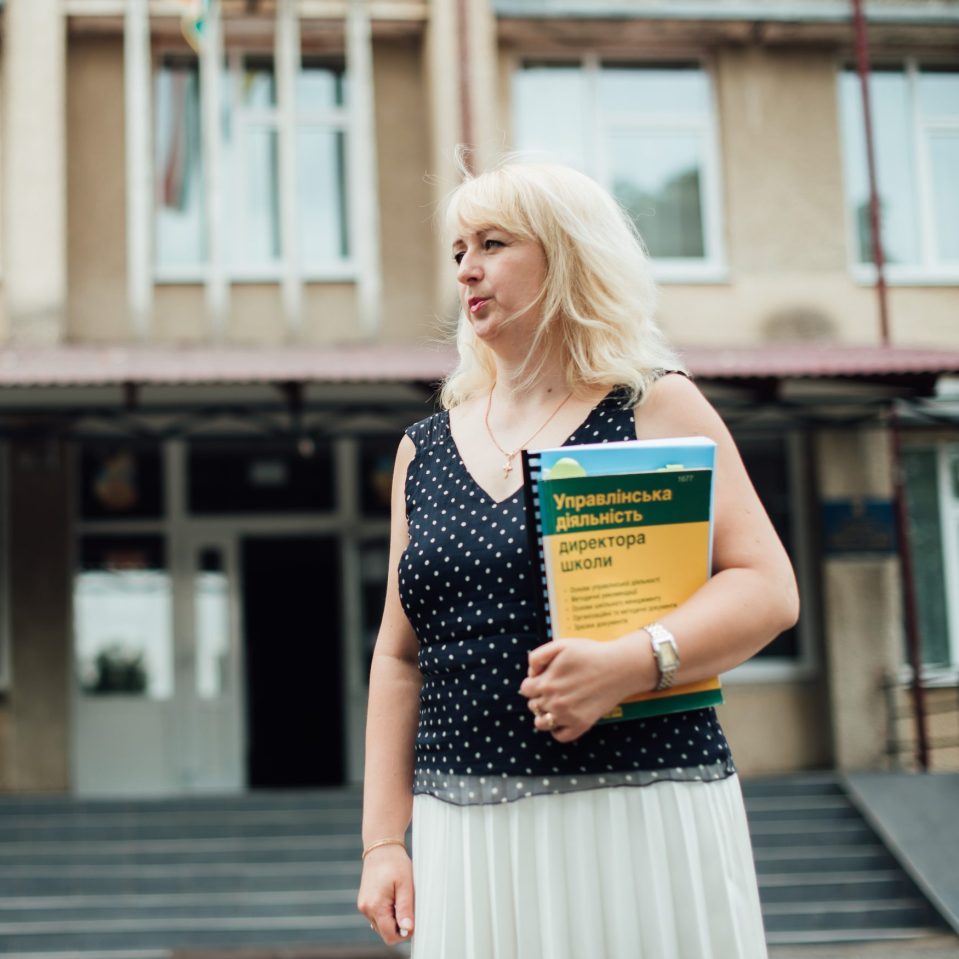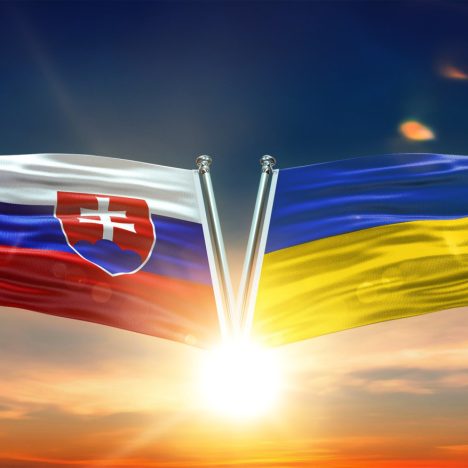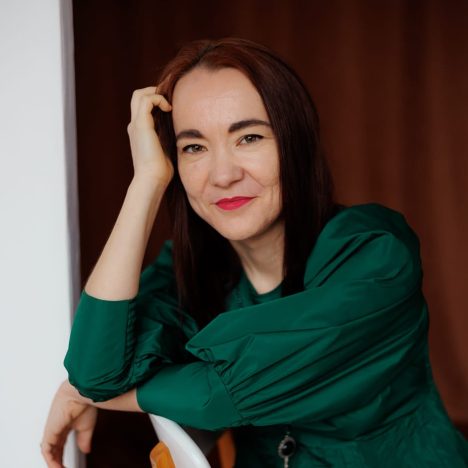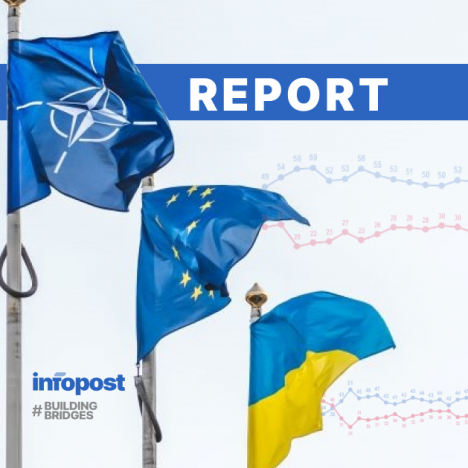|
Слухай наші публікації онлайн!
Getting your Trinity Audio player ready...
|
Every day, a school in the border village of Csepe (Ukrainian: Чепа, Chepa) does what Ukrainian and Hungarian politicians are incapable of doing or unwilling to do: it resolves the Ukrainian-Hungarian debate on the language of education in multiethnic environments in favor of children and the quality of their education.
The Ukrainian village of Csepe lies on the border of three states: it is located in Vynohradiv district, which is now part of Berehovo district in Zakarpattia region of Ukraine, and is almost equidistant, some 15 km, from the border with Hungary and Romania.
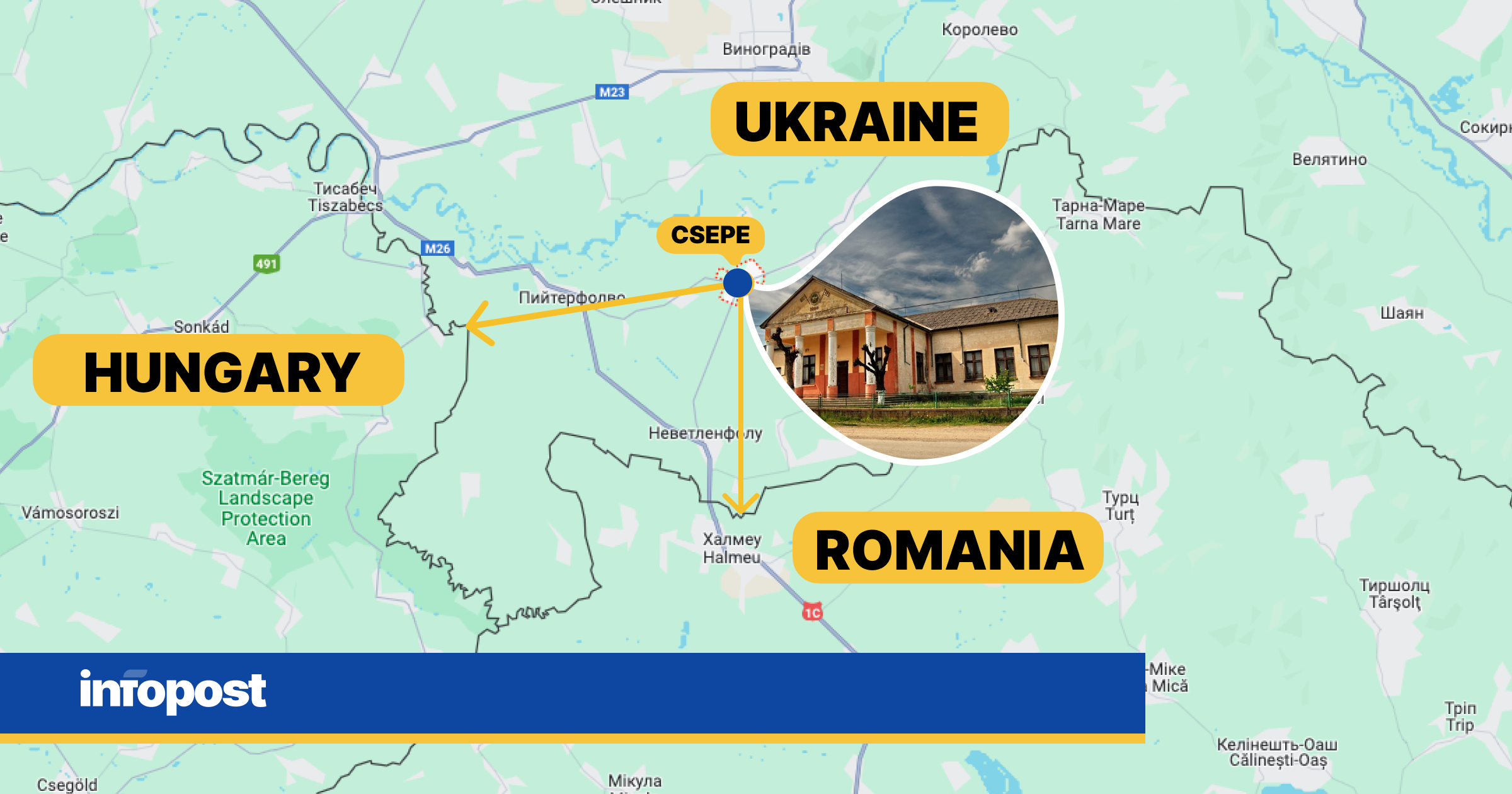
The village of less than 2,000 inhabitants is also unique in terms of its multiethnicity. According to the 2001 census, its population is ⅔ ethnic Hungarian and ⅓ ethnic Ukrainian. The village is located on the border of territories inhabited by ethnic Ukrainians on one side and ethnic Hungarians on the other.
Not surprisingly, the local school reflects this ethnic mosaic. The Csepe Secondary School of the Pyiterfolvo Village Council has classes in both Ukrainian and Hungarian.
It makes the experience of this school invaluable in terms of understanding education in multiethnic and multilingual communities, which is particularly important in the context of the numerous changes made to Ukrainian legislation relating to this issue during 2017-2023.
We spoke about all this with the headmaster of the Csepe school, Natalia Hryhoriak. We received sincere answers but, more importantly, professional and substantive explanations of what is and should be the basis of the Ukrainian-Hungarian dialogue on the language of education. And this is absolutely not what we usually hear from Ukrainian and Hungarian politicians or read in the news with flashy headlines.
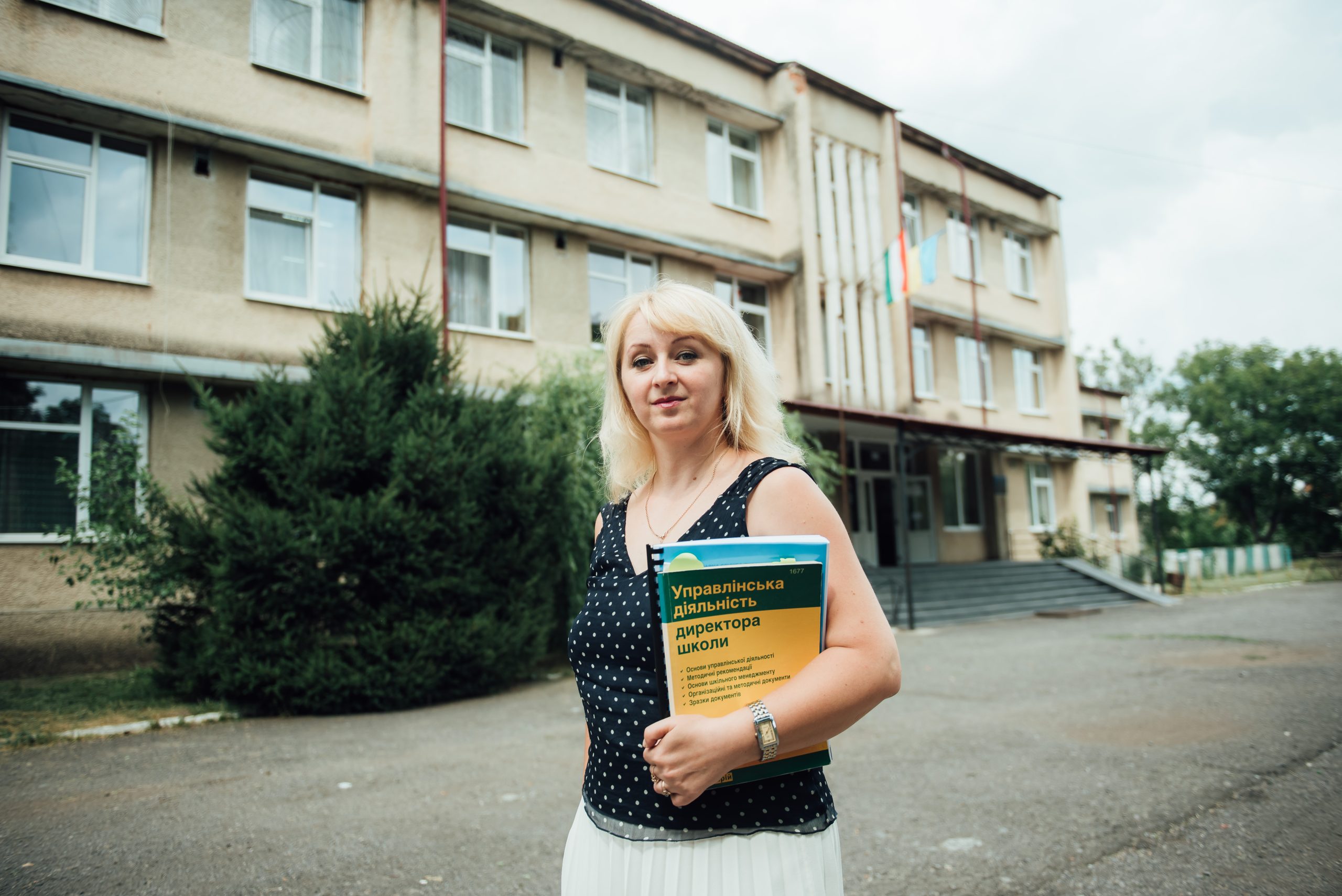
“Some students from Hungarian-speaking villages come to our school just to study in Ukrainian classes.”
Tell us a little about the school you are a principal at.
Csepe Secondary School consists of two buildings. The main one is located in the village of Csepe, where students of grades 1-11 study. The other building is located in the village of Hetynia (2.2 km from Csepe), where four primary grades and two preschool groups study.
Currently, 356 students and 44 preschoolers are enrolled in our school. We provide educational services to children from nine villages, including Chepa (Csepe), Hetynia (Tiszahetény), Zatysivka (Csomafalva), Chornotysiv (Feketeardó), Sasovo (Tiszaszászfalu), Nevetlenfolu (Nevetlenfalu), Forholan (Forgolány), Pyiterfolvo (Tiszapéterfalva), and even Velyka Palad (Nagypalád).
There are 144 students who have traveled from other villages to attend our school this academic year.
Fortunately, we have our own bus, which partially solves the problem of transporting children. However, the state it’s in leaves much to be desired, as do the roads it travels on.
There are quite a few Hungarian-speaking villages among the ones listed. How many Hungarian-speaking classes are there in your school?
Twenty out of 26 classes are taught in Ukrainian, with the remaining six being taught in Hungarian. There are between eight and nine students on average in Hungarian-language classes.
Incidentally, some students from Hungarian-speaking villages travel to our school to study in Ukrainian classes.
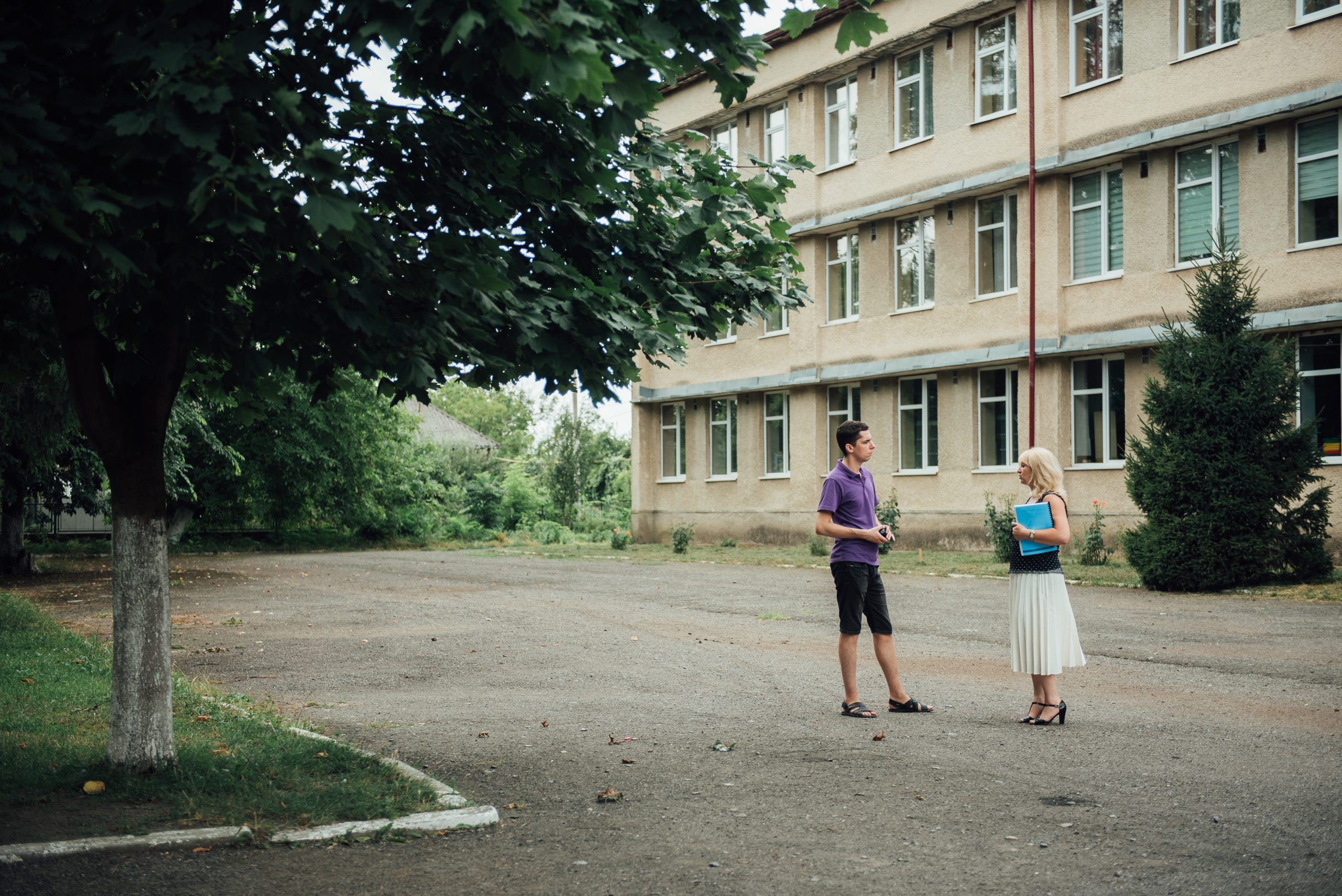
The vast majority of teachers are bilingual
What is the reason for the popularity of the Csepe school among the residents of the surrounding villages? After all, there are local schools in all the settlements you mentioned.
It makes us really happy that so many parents trust us with the most precious thing — their children. This suggests that they are satisfied with the quality of educational services we provide.
There is another aspect: some parents choose our school because they want their child to improve their knowledge of Ukrainian or Hungarian.
Our school resembles a “linguistic laboratory” in a way, where, moving from one class to another, a student enters a different language environment.
This obviously contributes to the development of students’ language skills.
The priority of language learning differs depending on the family and, to some extent, the place the child comes from. For example, all students who come from Hetynia (over 90% ethnic Ukrainians) are willing to study in Ukrainian-language classes, while 80-90% of students from Chornotysiv (⅔ ethnic Ukrainians, ⅓ Hungarians according to the 2001 census) come to enhance their knowledge of Hungarian.
The situation with pupils from the village of Pyiterfolvo is interesting. According to the 2001 census, 96% of the village residents consider Hungarian to be their native language, so it is obvious that the educational process in Pyiterfolvo school is mainly conducted in this language. However, some students from this village choose our school because of Ukrainian language instruction.
And what about students from the village of Csepe itself?
There is a long-overdue need to conduct a new census in Ukraine. In 2001, almost 67% of the villagers said that their native language was Hungarian, and 33% said it was Ukrainian.
But I think the situation has slightly changed since then. A lot of families have moved abroad.
It seems to me that there has been a trend toward an increase in the Ukrainian-speaking population over the past few years.
Often, students whose parents speak Hungarian at home are enrolled in Ukrainian-language classes. This is because of parents’ worries about how their child will pass external independent testing in Ukrainian.
Parents often worry whether their children will be able to realize their goals in Ukraine, including whether they will be able to enter a university, get an education, find a job, etc.
As a school principal, I can clearly see that almost all parents, regardless of what language they speak at home, want their child to be able to speak Ukrainian.
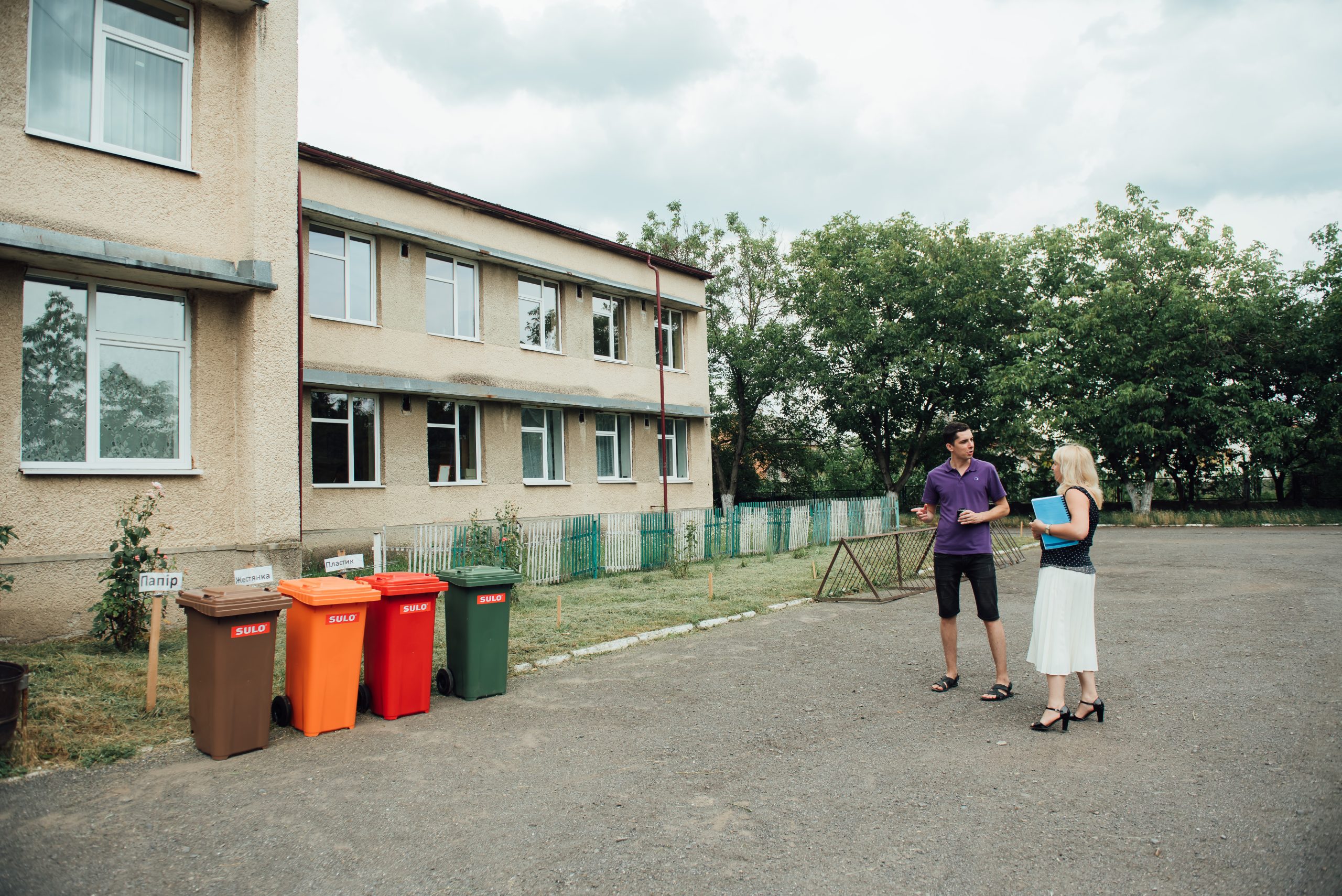
There are probably students in the Ukrainian-language classes of the Csepe school who understand Hungarian better than Ukrainian. How do teachers deal with it?
The great majority of the teaching staff come from our native village, so they have been bilingual since childhood.
Teachers in primary school certainly struggle the most, because they have to teach basic competencies in the Ukrainian language.
Often, children who did not attend kindergarten or were brought up in a Hungarian-speaking environment, but their parents decided to send them to a Ukrainian class, come to our first grade.
The teachers of our school comply with educational legislation and conduct lessons in the state language. However, the child should be at the center of the educational process. If we see that a student does not understand something and cannot continue to master new material, then we explain something in Hungarian.
We have a very interesting example of a student from the village of Forholan, with almost all the population speaking Hungarian. As a principal, I was very worried, because at the time of his enrollment in the school, he had zero knowledge of Ukrainian. Now he is already a fifth-grade student and has significantly improved his Ukrainian language skills over the years. This is a great achievement of the primary school teachers. Unfortunately, due to Russia’s full-scale invasion of Ukraine, this boy’s family moved to Hungary.
What is the psychological climate like at Csepe school? Does language become an obstacle to communication between students?
We try to maintain a very inclusive atmosphere. We try to do everything we can to make every student feel “one of our own” and loved.
Naturally, teachers explain what tolerance is during educational activities. But I think that our students understand it from childhood, because they are raised in a multiethnic and multilingual environment.
Language never becomes an obstacle in communication between children, because there are subjects taught in Ukrainian in Hungarian-speaking classes, as required by the Law on Complete General Secondary Education, and Ukrainian-speaking classes have Hungarian as a second foreign language (the first foreign language is English—ed.). Therefore, all the students of our school are bilingual to some extent.
On the transition to a new educational model
There are Hungarian-speaking classes in the structure of the Csepe school, where almost all subjects are taught in Hungarian. How did you, as a school principal, react to the adoption of the Law “On Complete General Secondary Education” in 2017, which provided for an increase in the share of subjects to be taught in the state language?
Editor’s note: Between 2017-2020, Ukraine adopted amendments to its educational legislation, according to which the following model was proposed for teaching in EU languages, including Hungarian: up to and including Grade 4, children can be taught exclusively in their native language, including; in Grade 5, 20% of the educational material should be taught in Ukrainian, with an annual increase to 40% in Grade 9, and in the final grades, this percentage of time taught in the state language should be up to 60%. In December 2023, Ukraine adopted further amendments to its legislation on the rights of national minorities, including education in the official languages of the EU. According to them, members of the Hungarian minority will be able to study all subjects in their native language even after Grade 4, with the exception of 4 subjects, namely Ukrainian language, Ukrainian literature, history of Ukraine and the Defense of Ukraine.
I realized how difficult it would be to switch to the state language of instruction overnight in classes that had been taught in Hungarian for years.
It is also obvious that the language environment has the greatest impact on the formation of language competences: if a child does not hear enough Ukrainian, they will never be able to speak it at a sufficient level. I think there is only one way out and it is to seek a compromise together.
We approved the list of subjects to be taught in Ukrainian in Hungarian-speaking classes from 2020 to 2023 at our school. We teach sciences with a lot of complex terminology in Hungarian, and humanities are taught in Ukrainian, as they are more conducive to the development of coherent speech in students.
In other words, we have been gradually approaching the language proportions stipulated by the 2020 legislation.
Some of the students who graduated from the 9th grade with Hungarian as the language of instruction during the 2021-2022 school year continued their studies in Hungarian schools, and some of them chose to join the Ukrainian-language 10th grade of our school. They went on to achieve good academic results.
In your opinion, were the proportions of Ukrainian language instruction (20-40-60% of the time spent teaching in Ukrainian from grade 5 introduced in 2020-2023 under the Law on Complete Secondary Education) feasible for representatives of national minorities?
This is a very delicate and individualized issue. Because even in subjects taught in Ukrainian in Hungarian-speaking classes, the teacher sometimes has to switch to Hungarian to help the child understand what is being said. In fact, this is how we use elements of bilingual education.
The good thing is that most of our teachers are bilingual. Of course, this takes extra time in the classroom, so sometimes the teacher has to find a “golden medium” between implementing the curriculum and explaining information to students in their native language.
Sometimes it can be quite difficult, especially given the overload of factual information in the curriculum. But our teachers are very creative and each of them looks for their own life hacks to achieve this goal.
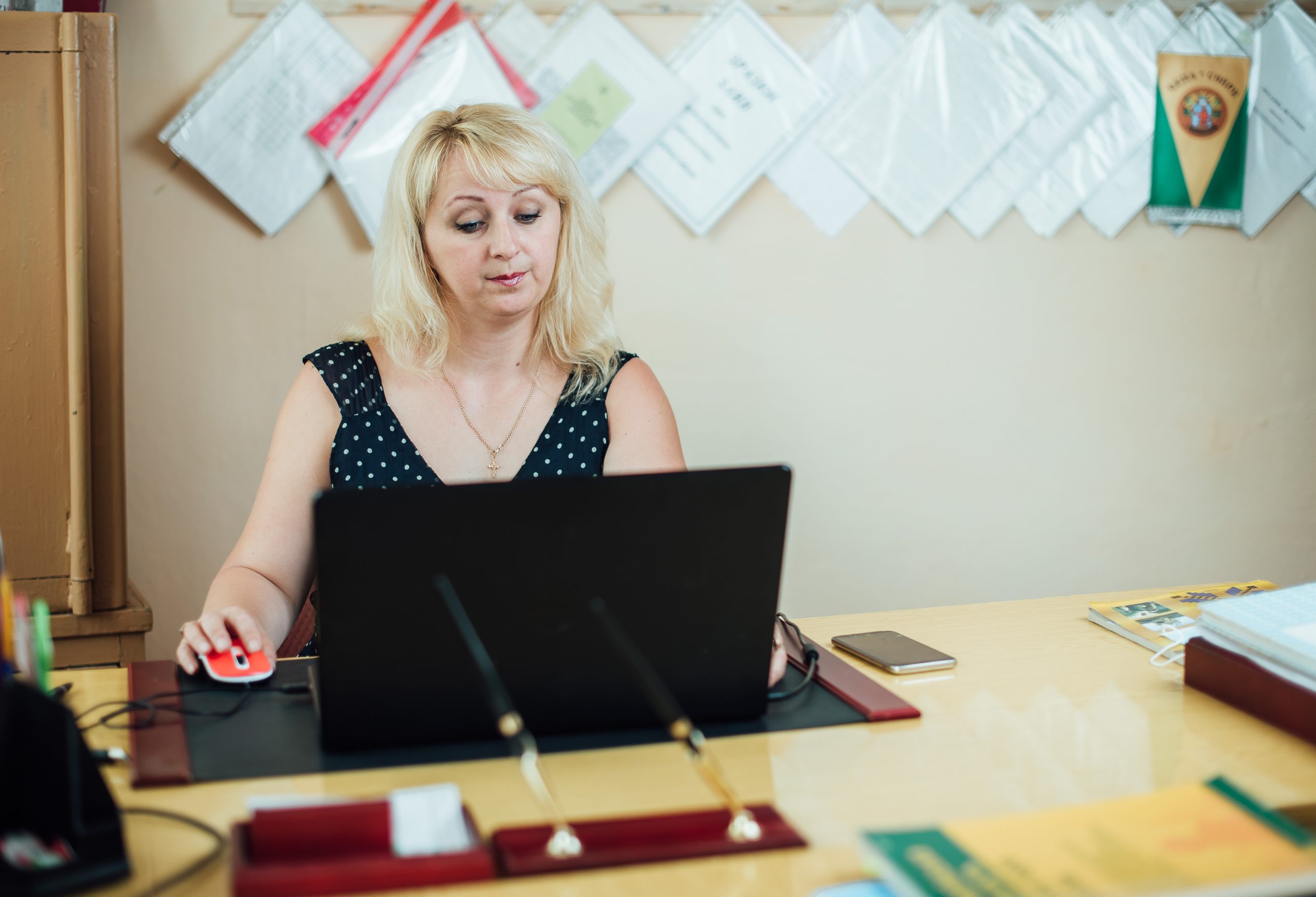
Tell us in more detail about the transition to the 2020 legislation on language proportions. How did parents and students react to these changes?
Those changes made few parents happy, because they had enrolled their children in Hungarian-language classes in order to educate them in their native language.
We have to admit that some subjects that have been taught in the state language in Hungarian-language classes are more difficult for students than when the same subjects were taught in Hungarian. The child has to make extra efforts to understand what is being said in class.
But there is another side of the coin. A colleague of mine from a Hungarian-speaking village in Vynohradiv district recently told me how poor the students’ command of Ukrainian was. Of course, a situation like this shouldn’t take place either, because all Ukrainian citizens have to be integrated into society and feel comfortable being part of it.
I am delighted that none of the parents came to me with complaints that some subjects were taught in Ukrainian in Hungarian-language schools. They are well aware that the school must act in a legal manner and comply with the law.
It seems to me that the attitude of parents to these innovations strongly depends on how the head of the educational institution presents information about the changes. In our school, we have always explained to both parents and students that knowledge of the Ukrainian language increases chances of successful self-realization in the professional sphere and expands opportunities.
We have very interesting examples of graduates of our school’s Hungarian-language classes entering prestigious Ukrainian universities to study dentistry, applied mathematics, English and even Ukrainian philology, etc.
For me, this is proof that our arguments were heard.
Learning in a new way: how we responded to the changes of 2023
According to the legislative changes adopted in December 2023, representatives of the Hungarian minority will be able to study all subjects in their native language even after grade 4, with the exception of four subjects (Ukrainian language and literature, history of Ukraine and the Defense of Ukraine). How do you personally feel about these changes in legislation? Has Csepe School already started implementing them?
Until the end of the 2023-2024 school year, we are adhering to the decisions of the previous pedagogical councils and continue to teach several subjects (Ukrainian language and literature, computer science, fine arts and the subject “Health and Safety”) in Ukrainian.
In the next academic year, we will address this issue in a collegial way, taking into account the available human resources.
How did students, parents and teachers perceive the 2023 legislative changes?
We have not yet discussed this issue with parents. I think we will ask for their opinion at the next parental meeting, of course. But we will still make a decision based on all the important considerations.
Unfortunately, it is very difficult to find staff amidst the full-scale invasion… Teachers move abroad, and not all of them intend to return, even if the war ends.
Therefore, the issue of teaching in a national minority language depends not only on us, parents, or the law, but also on who among the teachers remains to work in Ukraine.
Ez a cikk magyar nyelven is elérhető: “Gyerekek a magyar nyelvű falvakból utaznak be hozzánk, hogy ukrán nyelvet tanuljanak”. A Kárpátaljai (nem) átlagos iskola története
Ця публікація доступна також українською мовою: «Діти з угорськомовних сіл доїжджають до нас, щоб навчатися українською». Історія (не)звичайної школи на Закарпатті
Maksym Molnar
specially for Infopost.media
photo credit: Myhailo Lemak
* The publication was prepared within the framework of the Re:Open Ukraine project, implemented with the support of the International Renaissance Foundation. The opinions expressed are solely those of the authors and do not reflect those of International Renaissance Foundation.

